The Third Phase Of The General Adaptation Syndrome Is Characterized By
The third phase of the general adaptation syndrome is characterized by. The third phase of the general adaptation syndrome GAS is characterized by. Hans selye eustress vs. But what do the different stages involve and what examples.
Attention comprehension and resistance. Reactive frustration sympathetic arousal and parasympathetic inhibition. Peripheral nervous system sequence.
3 in a state of exhaustion. The general adaptation syndrome is a three-stage process that describes how the body responds to stress. In the alarm stage the body prepares its fight or flight response.
Physiological changes alarm stage selye 1956. What is general adaptation syndrome. The third and final phase of the general adaptation syndrome in which bodily resources are drained and wear and tear on the body begins.
General adaptation syndrome is a three-stage response that the body has to stress. Selye went on to identify three distinct stages of general adaptation syndrome the initial alarm reaction stage which occurs shortly after the stressful event followed by a resistance stage during which bodys Autonomic Nervous System ANS resists the impact of the stressful stimulus and finally if the stress continues the exhaustion stage when the body fails to cope with the distressing stimulus. Arousal emotion and catharsis.
Alarm resistance and exhaustion. Hans selye sympathetic nervous system. In the stage of resistance the body attempts to return to normal after the stress has been removed.
Negative emotions high socioeconomic status gender education. In Selyes general adaptation syndrome Maya is in Phase.
Selye went on to identify three distinct stages of general adaptation syndrome the initial alarm reaction stage which occurs shortly after the stressful event followed by a resistance stage during which bodys Autonomic Nervous System ANS resists the impact of the stressful stimulus and finally if the stress continues the exhaustion stage when the body fails to cope with the distressing stimulus.
Alarm resistance and exhaustion. Hans selye eustress vs. GAS is the three-stage process that describes the physiological changes the body goes through when under stress. The three phases of the general adaptation syndrome are alarm resistance and exhaustion The general adaptation syndrome contains six distinct phases Hans Selyes general adaptation syndrome involves all of the following phases EXCEPT. Hans selye sympathetic nervous system. In the stage of resistance the body attempts to return to normal after the stress has been removed. The general adaptation syndrome is a three-stage process that describes how the body responds to stress. The three successive phases of the general adaptation syndrome are a. Gas hans selye psychological stress.
Negative emotions high socioeconomic status gender education. In the alarm stage the body prepares its fight or flight response. Peripheral nervous system sequence. The general adaptation syndrome is a three-stage process that describes how the body responds to stress. Selye went on to identify three distinct stages of general adaptation syndrome the initial alarm reaction stage which occurs shortly after the stressful event followed by a resistance stage during which bodys Autonomic Nervous System ANS resists the impact of the stressful stimulus and finally if the stress continues the exhaustion stage when the body fails to cope with the distressing stimulus. Hans selye hans selye 1936. Describe the general adaptation syndrome.

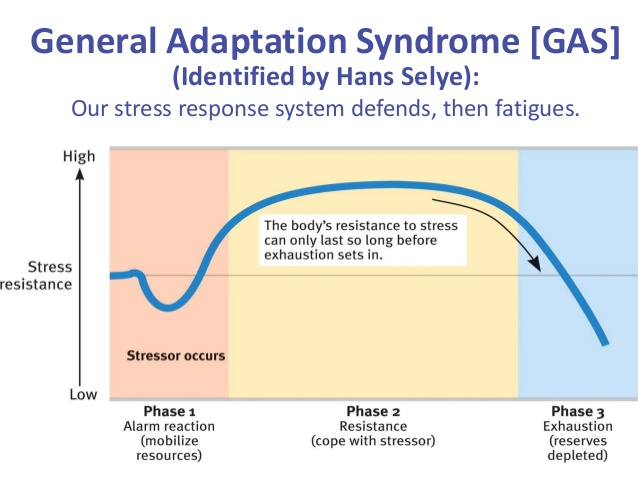





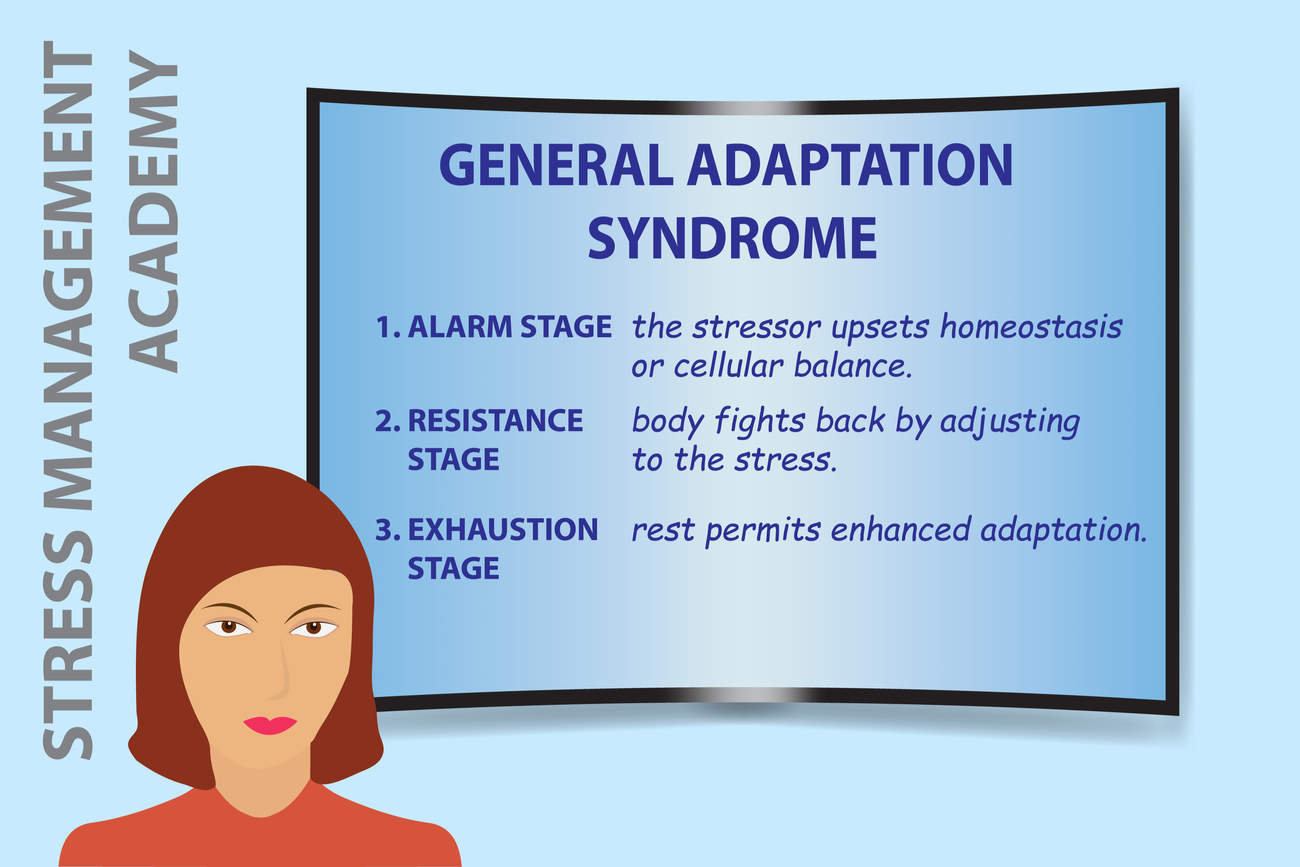



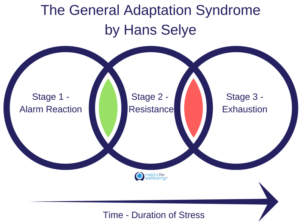


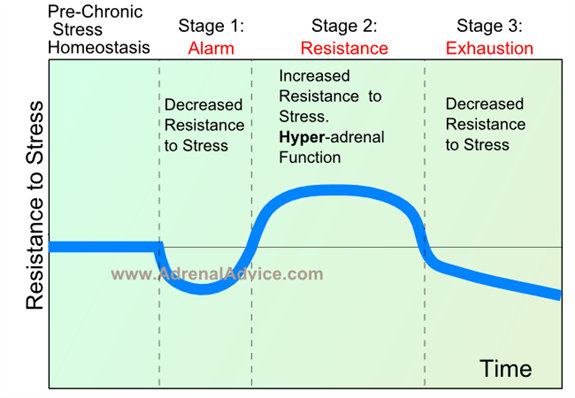






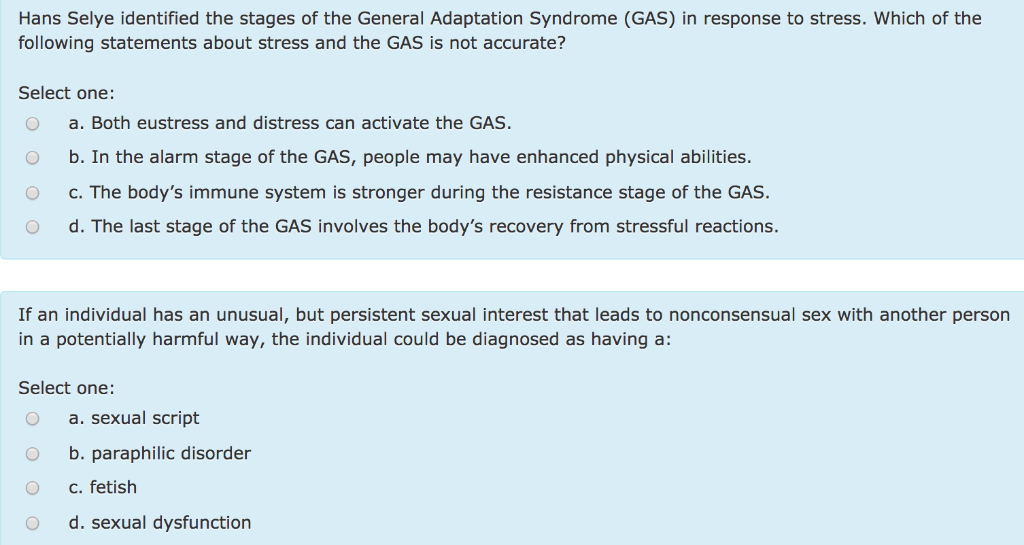







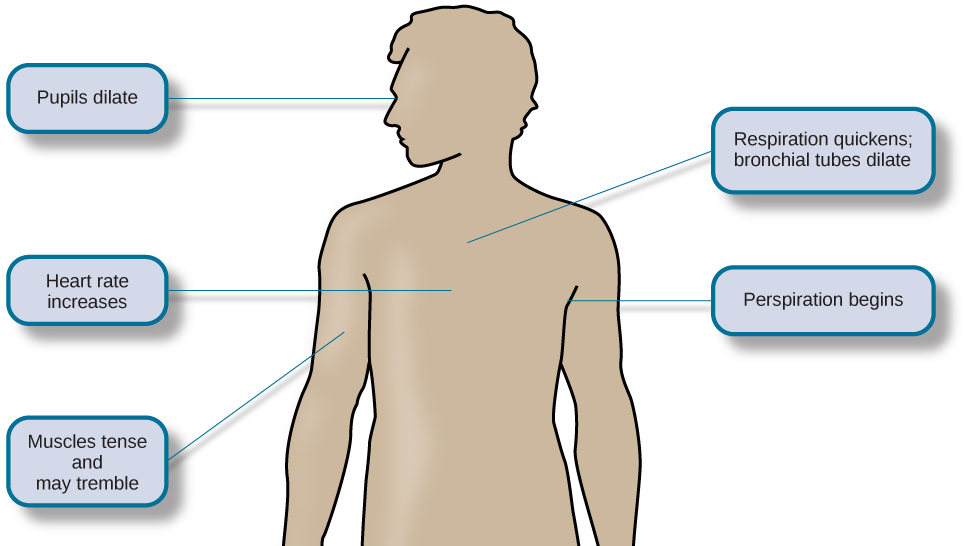




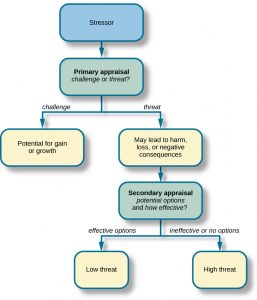



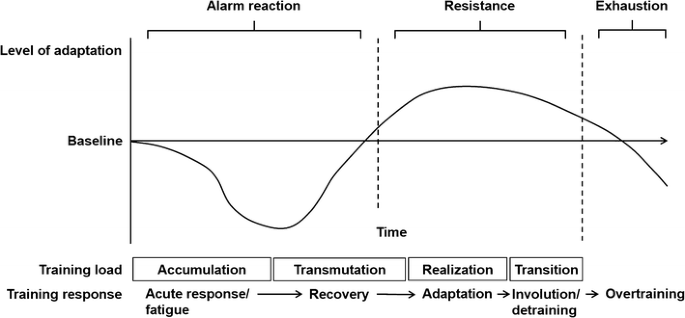

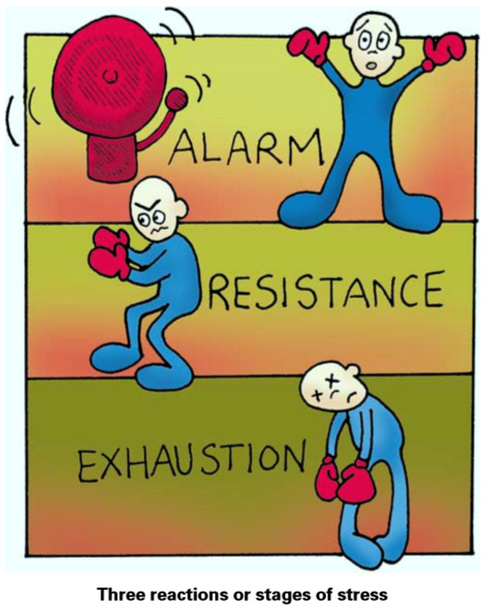




Post a Comment for "The Third Phase Of The General Adaptation Syndrome Is Characterized By"